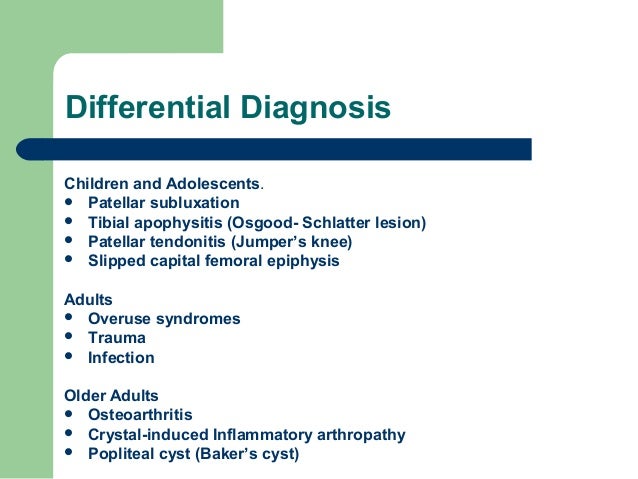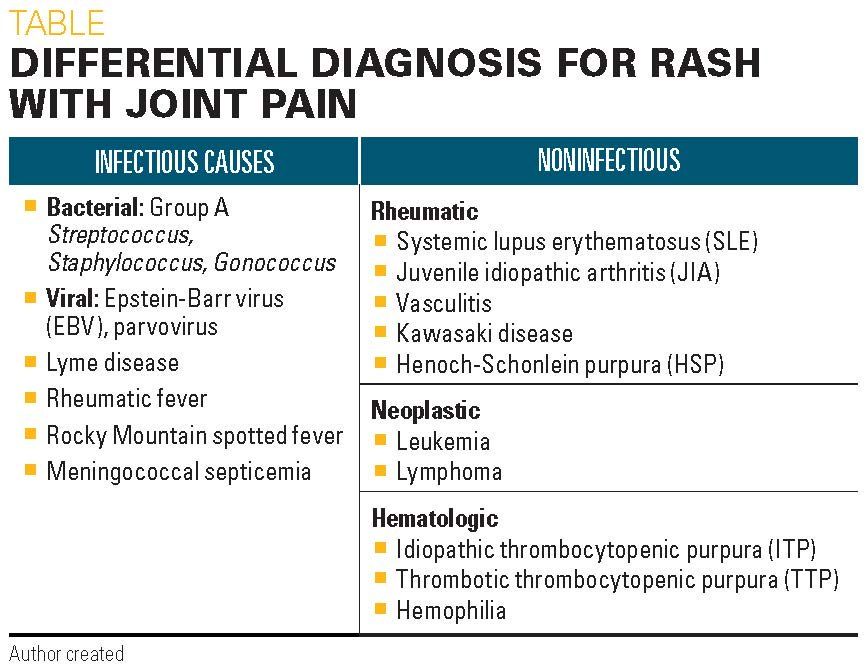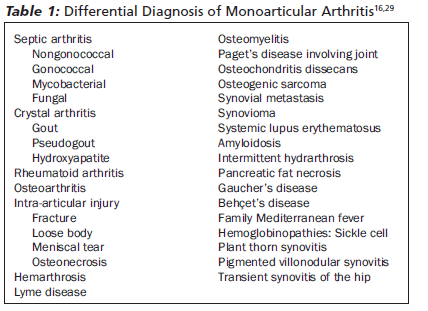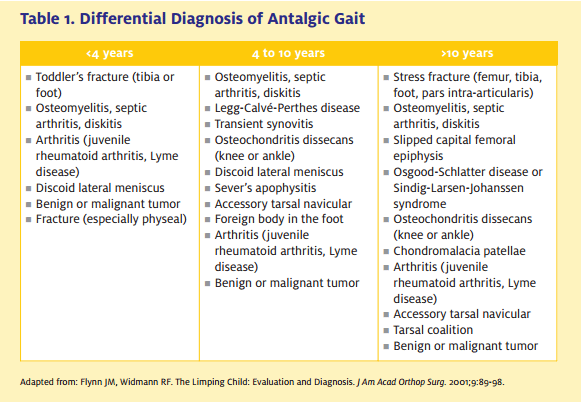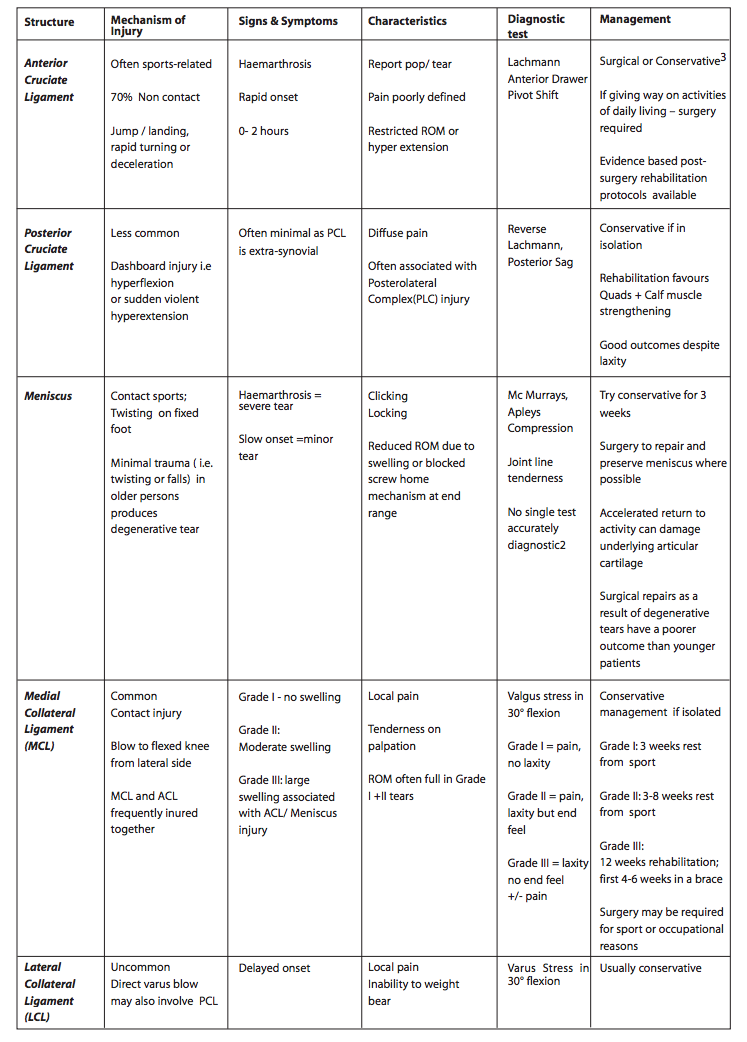Bilateral Knee Pain Differential Diagnosis
Tumours can present with pain swelling or pathological fracture and one should always like in the adult bear this diagnosis in mind when assessing knee pain especially if the symptoms and signs are atypical.
Bilateral knee pain differential diagnosis. As a result the differential diagnosis of childhood joint pain and swelling is large and includes both benign and serious conditions. Bilateral knee arthritis occurs when both knees are affected with oa. Children and adolescents who present with knee pain are likely to have one of three common. See approach to the adult with knee pain likely of musculoskeletal origin section on history first the differential diagnosis for knee pain is complex and obtaining a clear history remains essential for diagnosis.
Chronic knee pain is long term pain swelling or sensitivity in one or both knees the cause of your knee pain can determine the symptoms you experience. Adjunct associate professor of bioengineering department of mechanical and materials. This is especially important because it can be a differential diagnosis for a patient complaining of leg pain. Differential diagnosis of knee pain november 11 2016.
Many conditions can cause or contribute to. Patients with patello femoral pain syndrome chondromalacia patellae typically present with a vague history of. Department of orthopaedic surgery. Children and adolescents who present with knee pain are likely to have one of three com mon conditions.
Patellar subluxation tibial apophysitis or patellar tendonitis. Oa is a painful degenerative condition that can reduce your mobility and make daily tasks difficult to manage. Engineering university of denver. One of the common symptoms of pad is intermittent claudication which patients will complain of pain and cramping in the leg s commonly the calf with exertion or exercise and subsides with rest.
Diagnosis during the physical exam your doctor is likely to. The assessment of a child with joint pain and or swelling needs to differentiate between conditions of varying severity especially those that require urgent medical intervention 1. The most common organisms responsible for osteomyelitis are staphylococcus aureus streptococci e coli proteus and pseudomonas.


